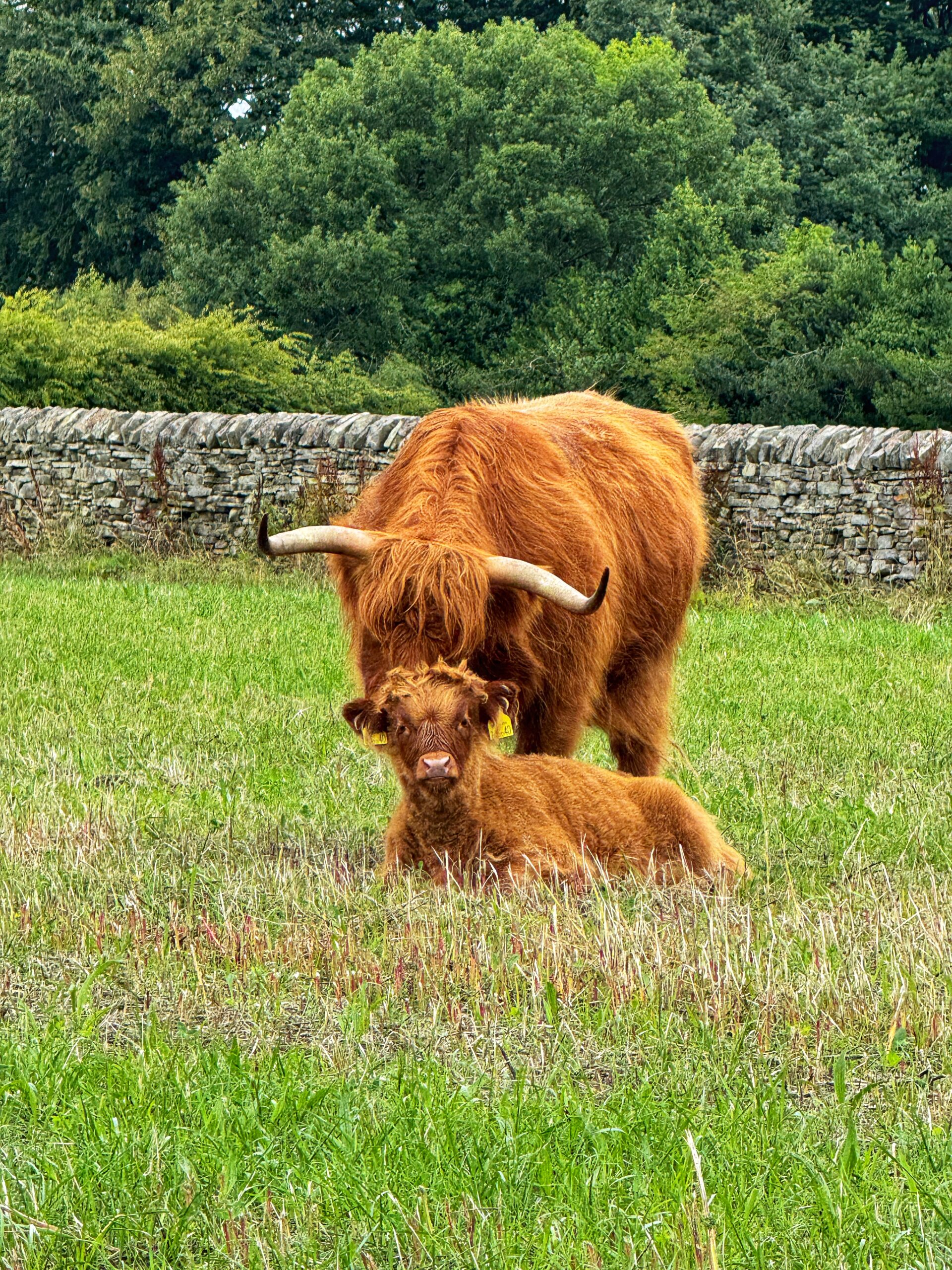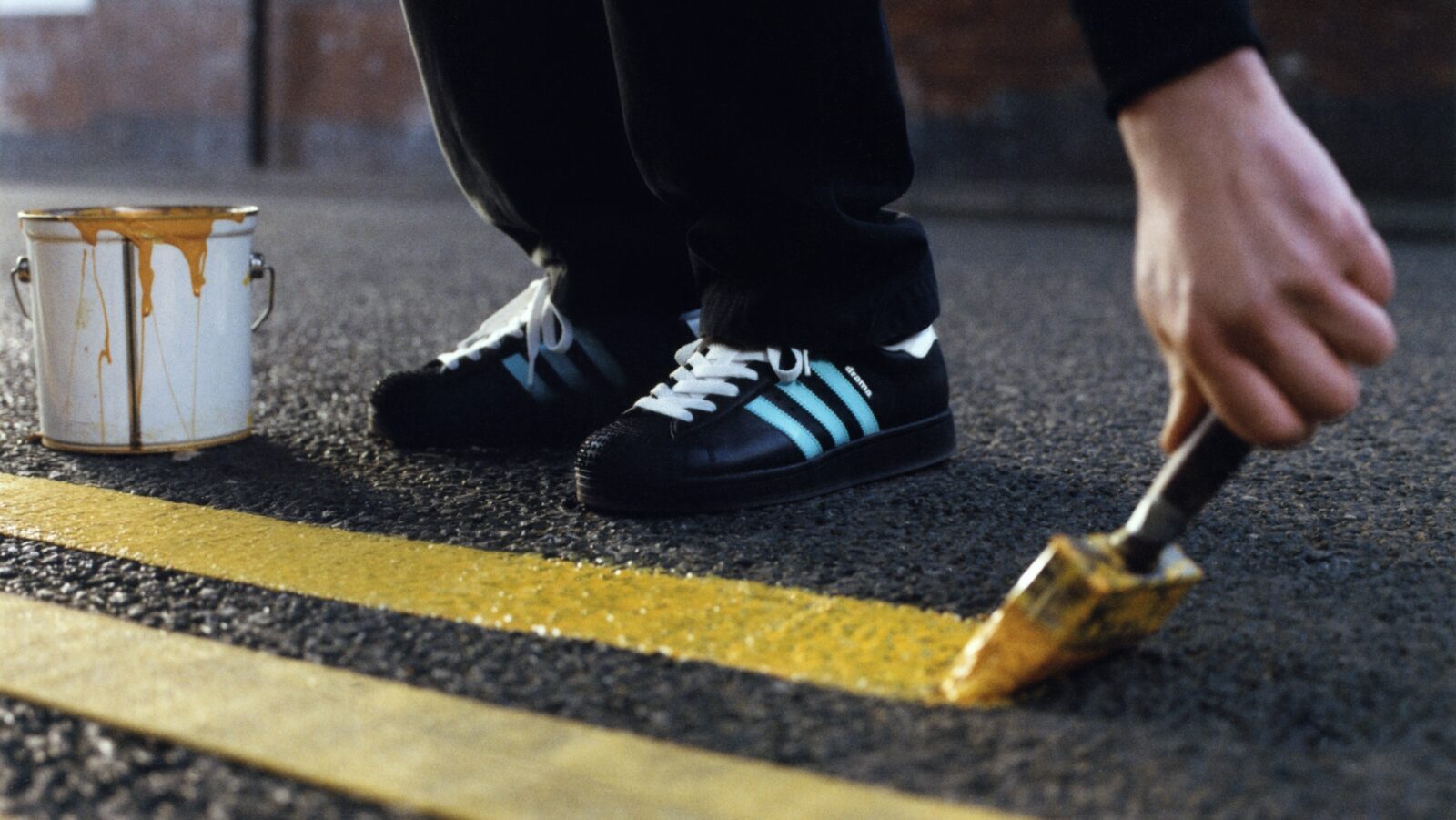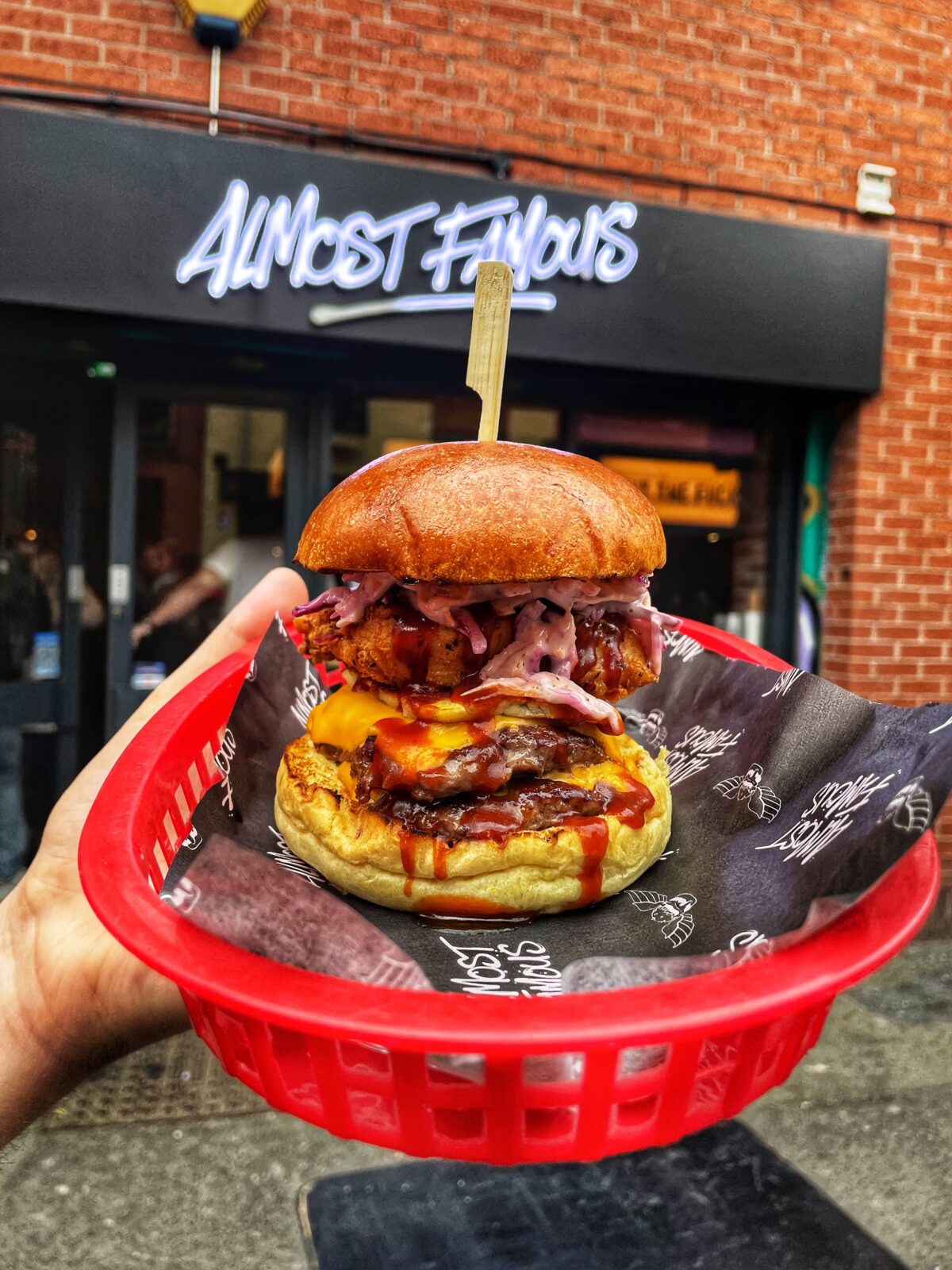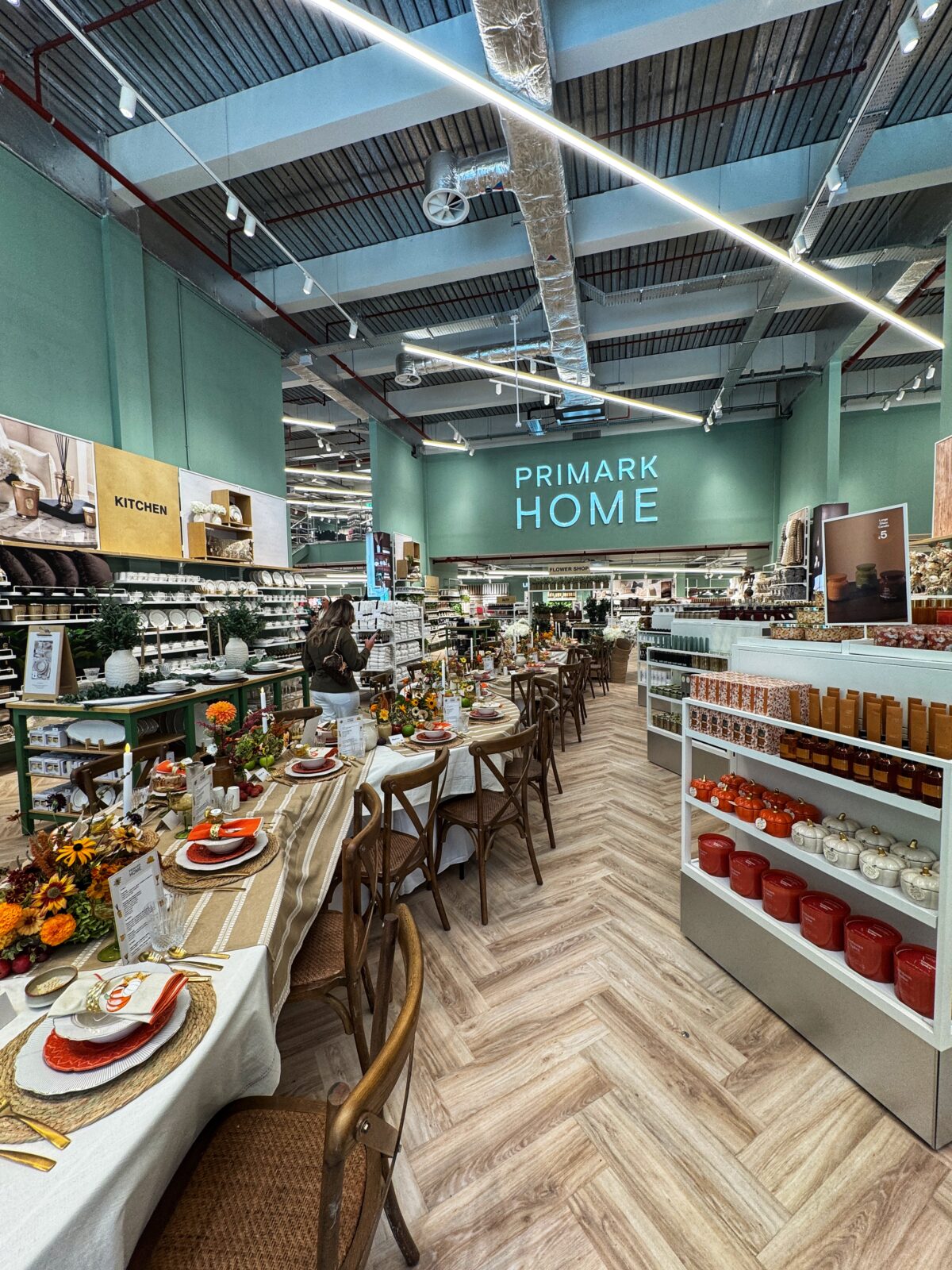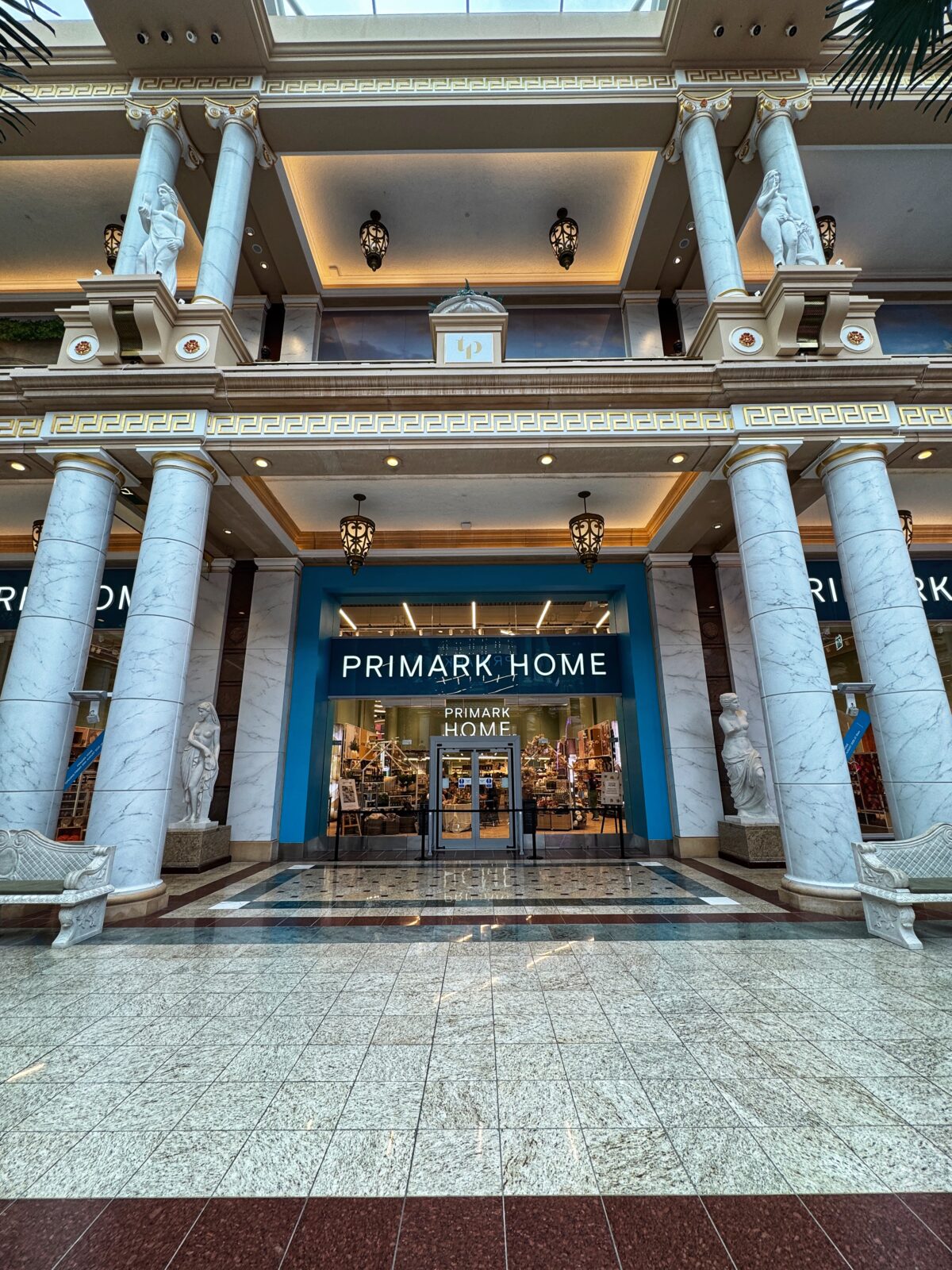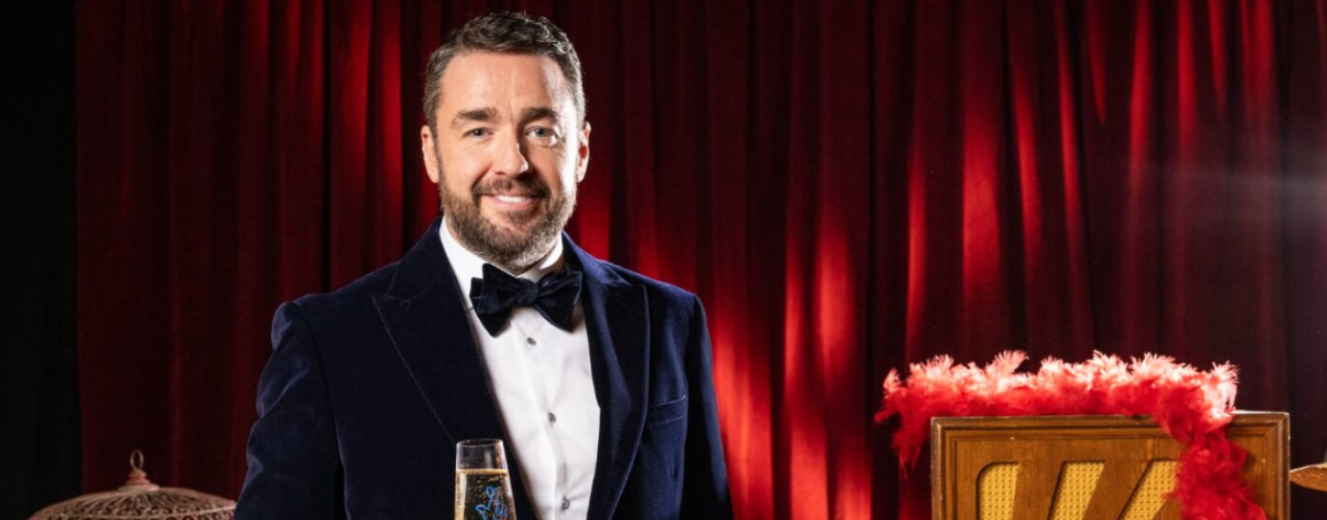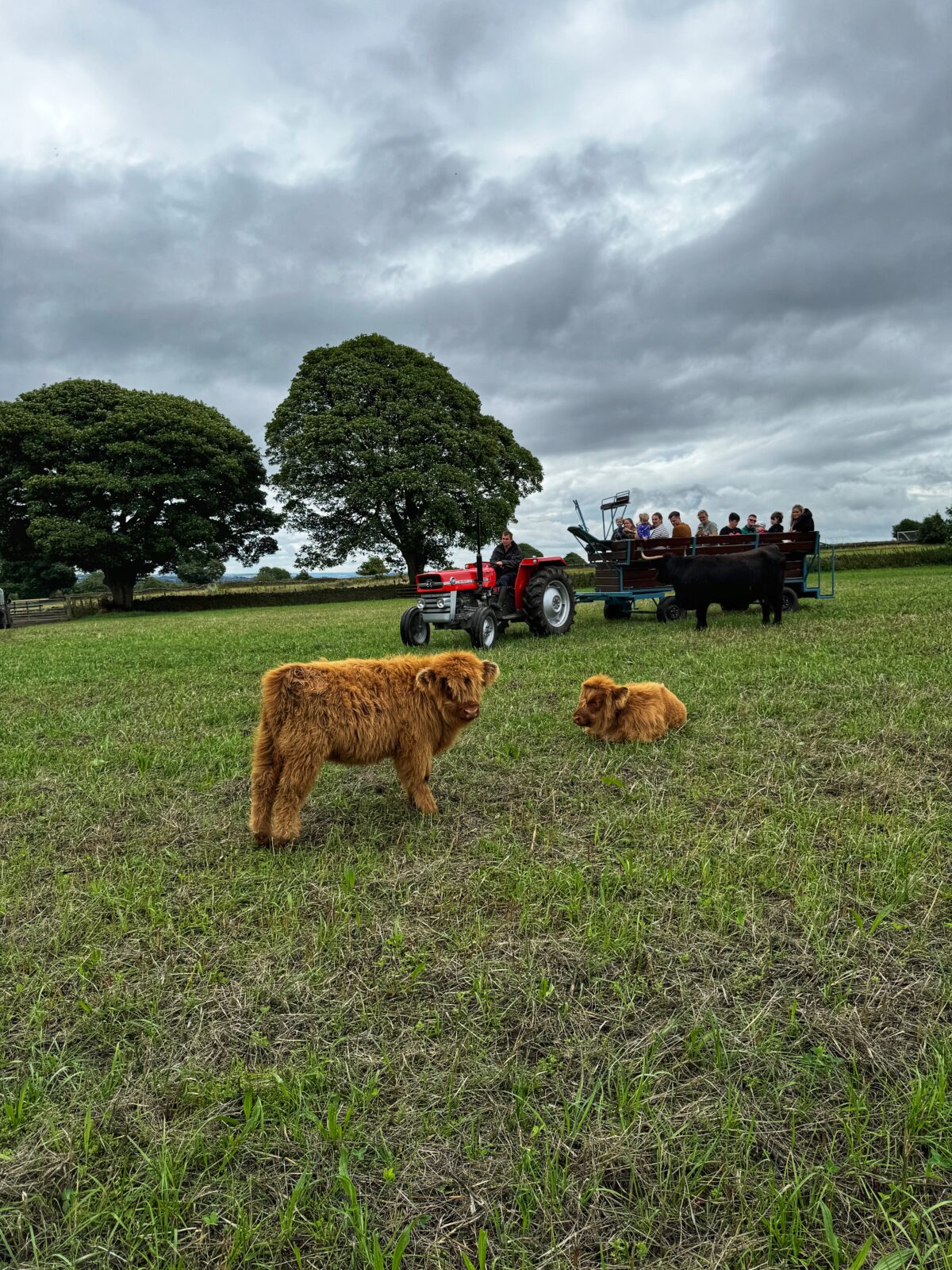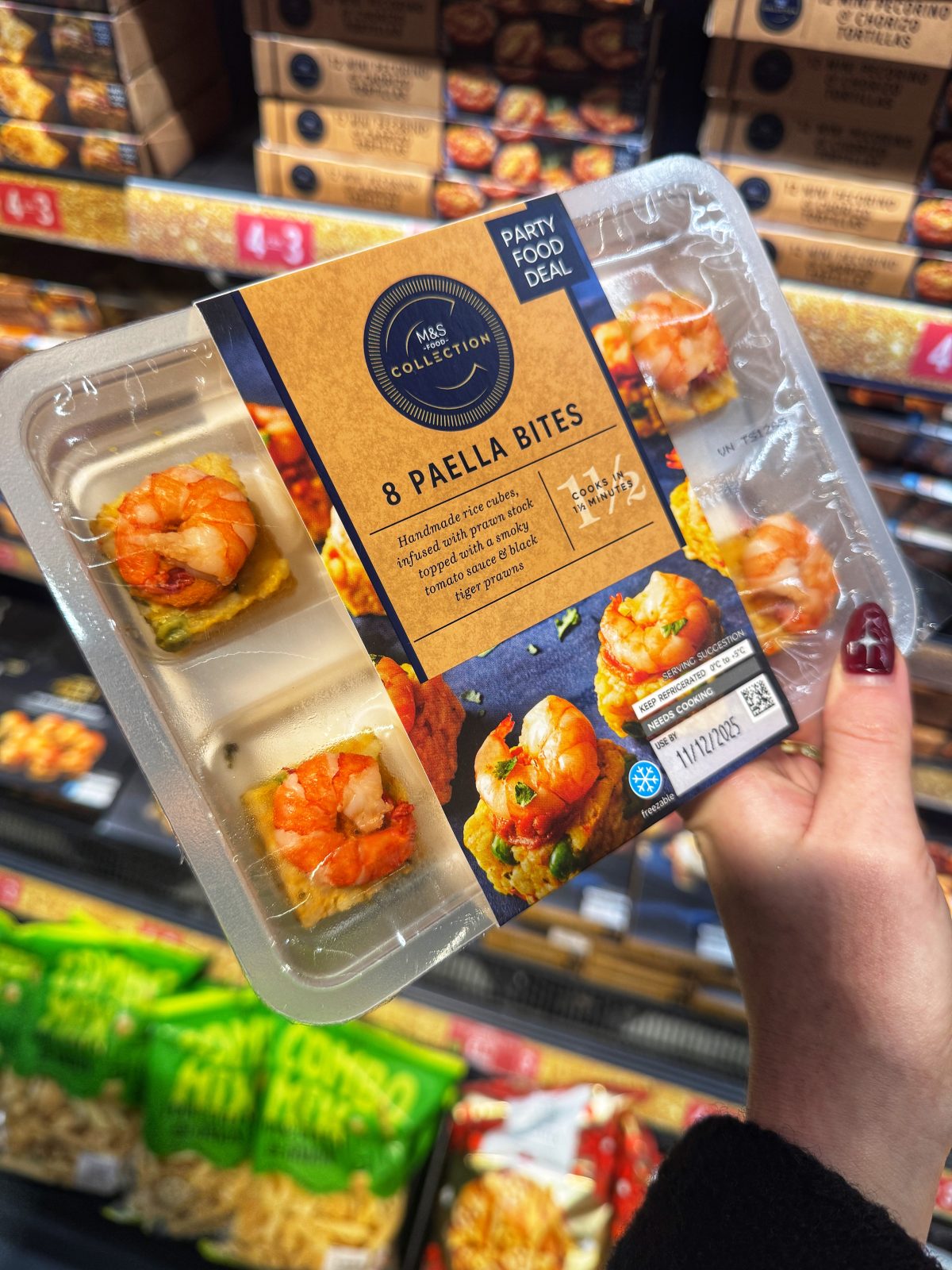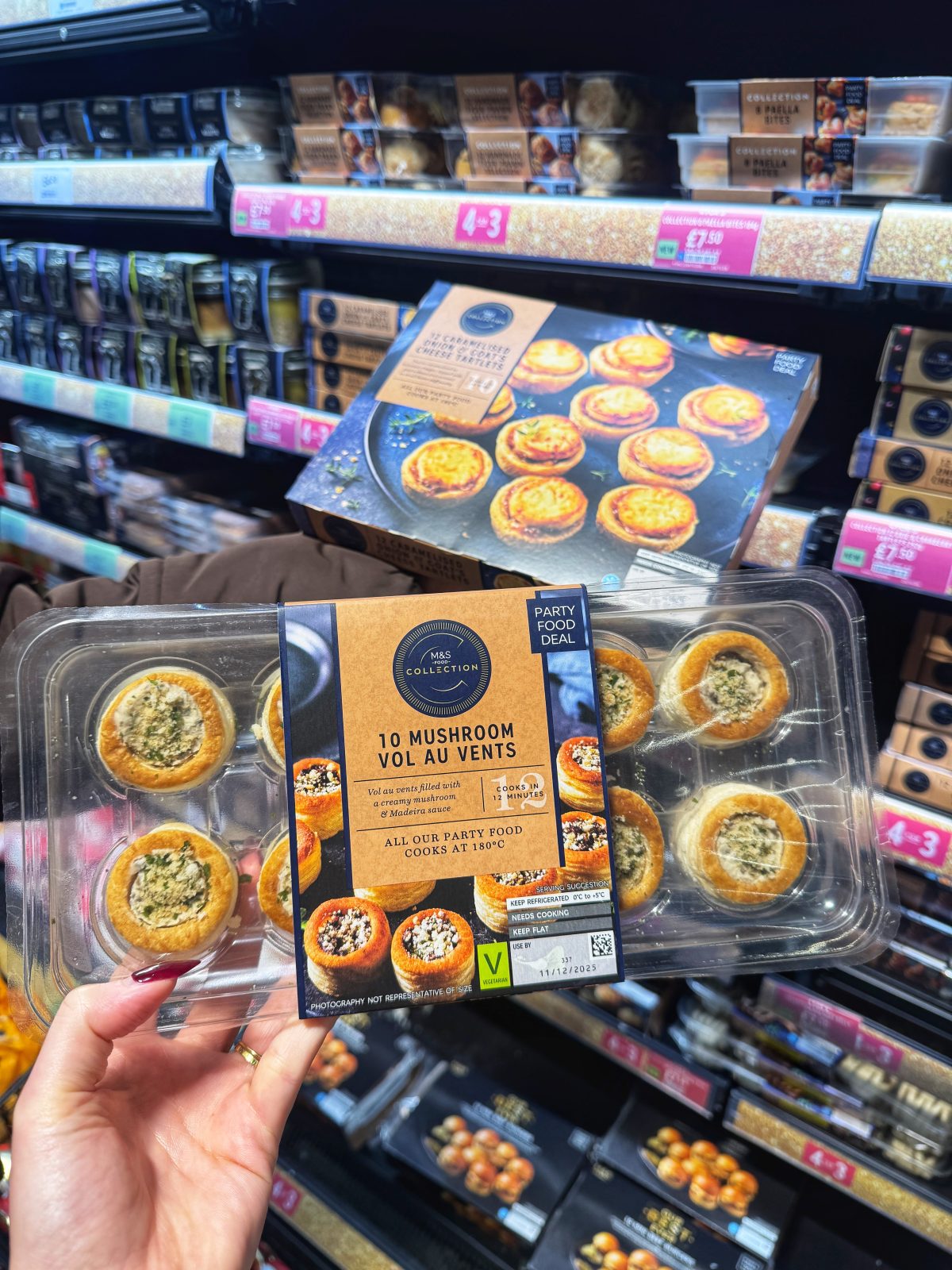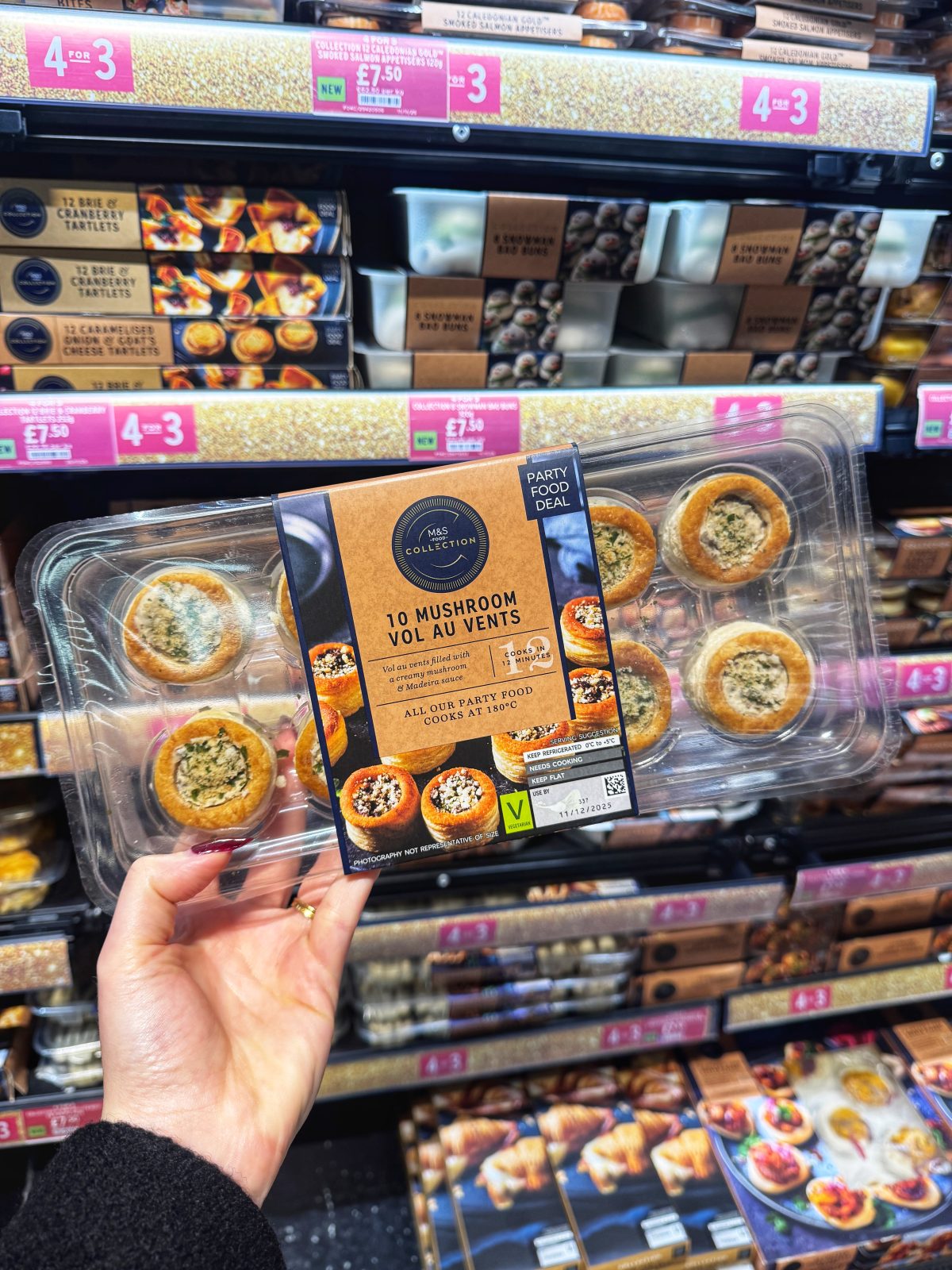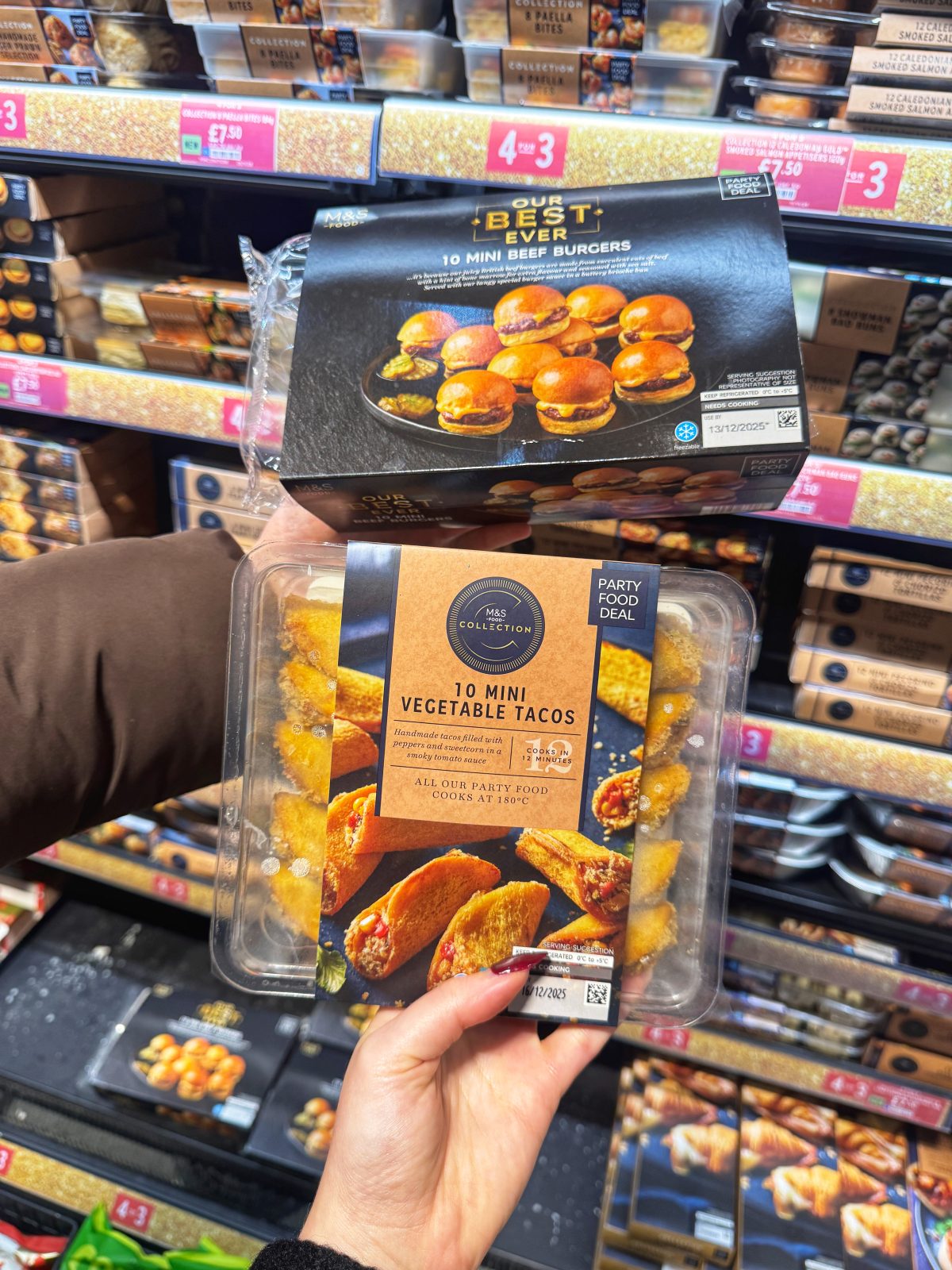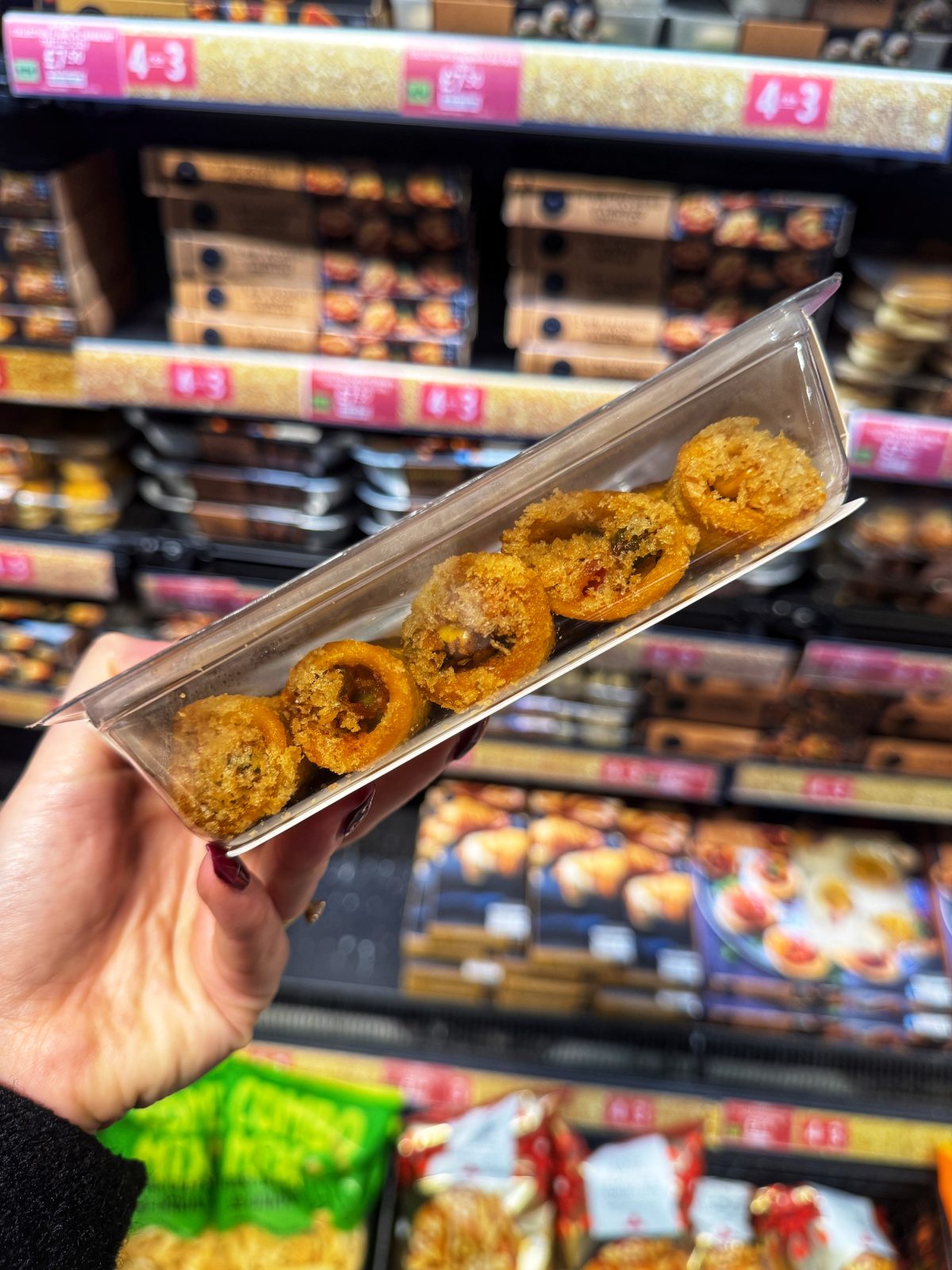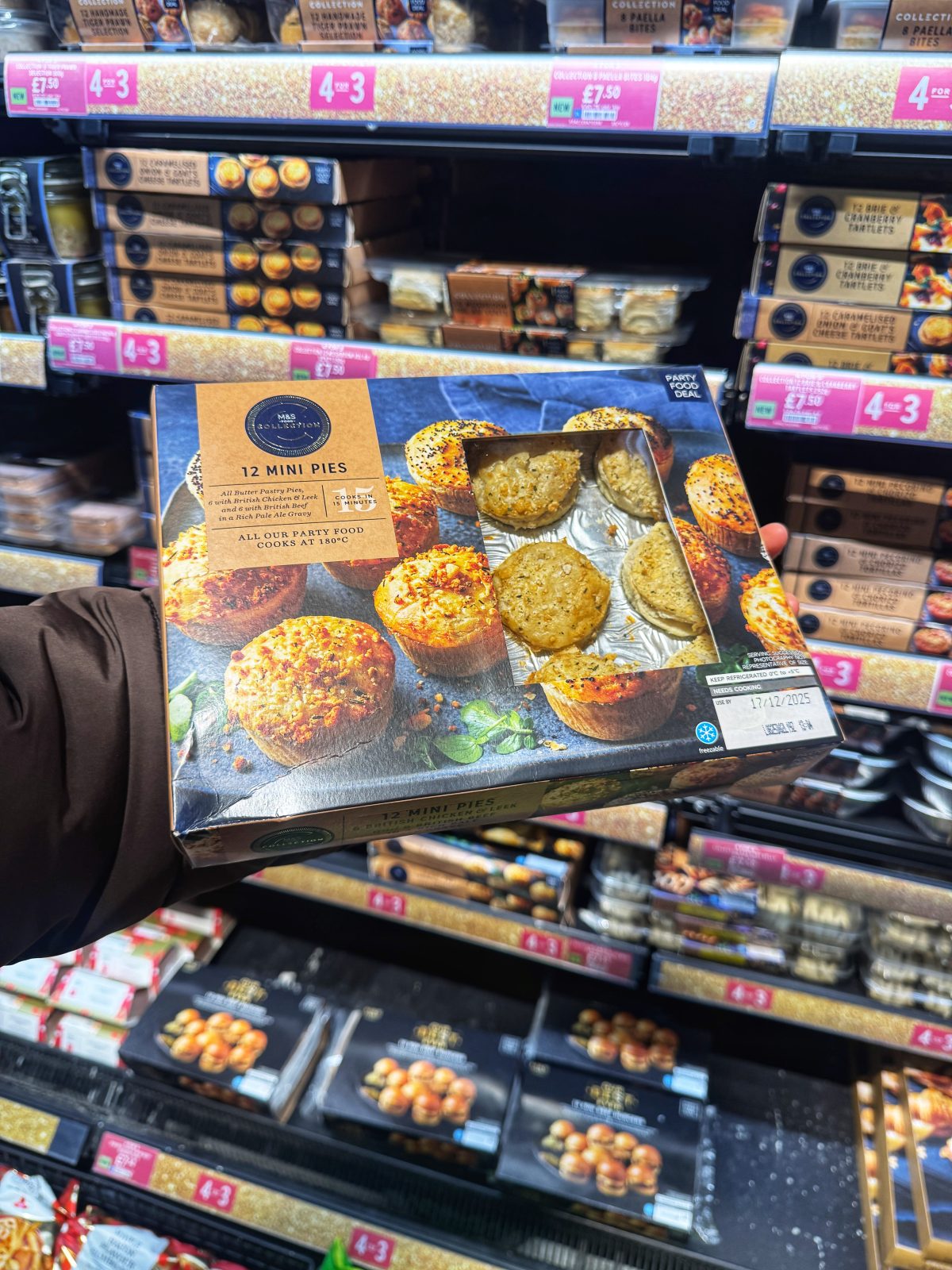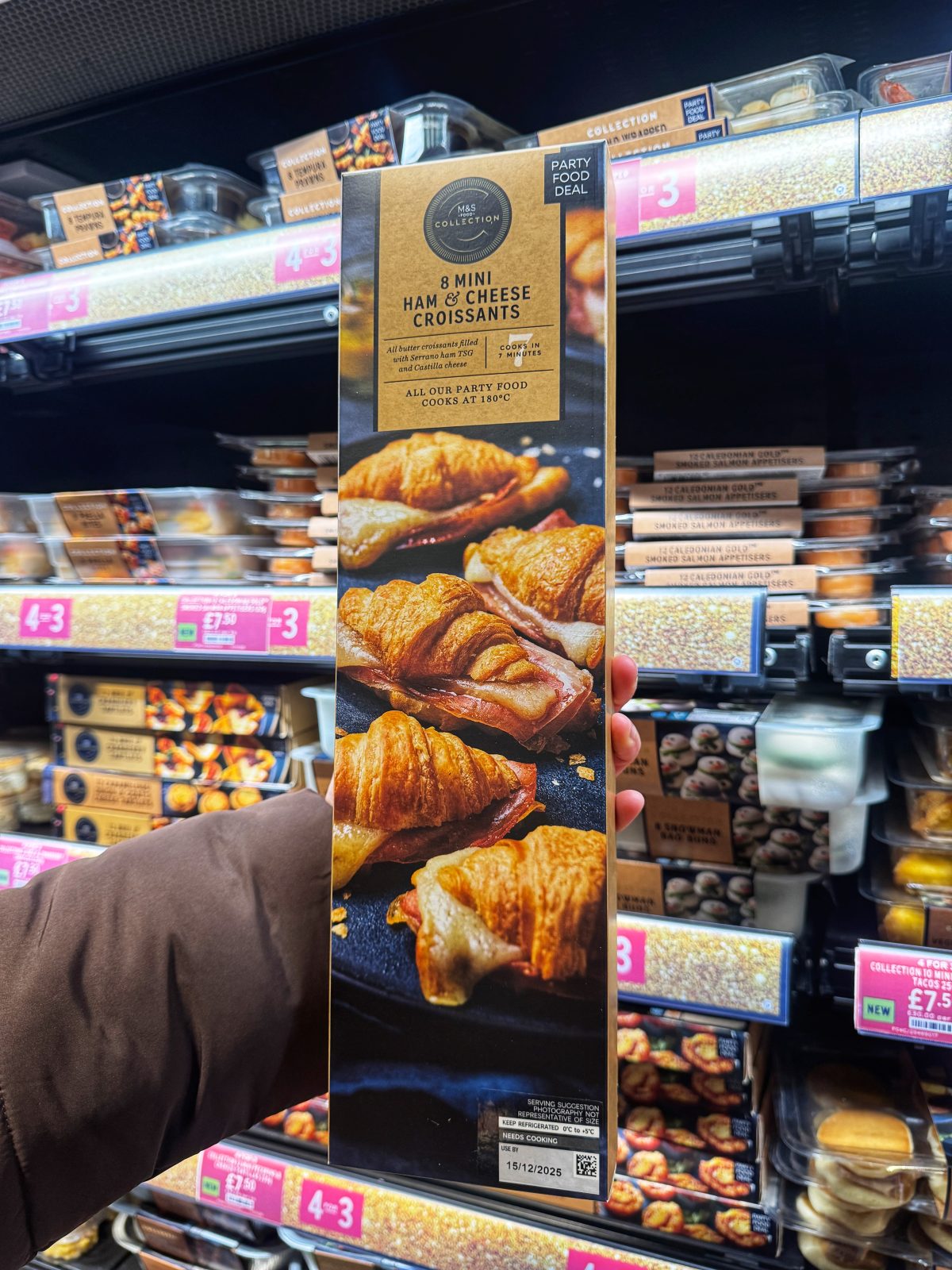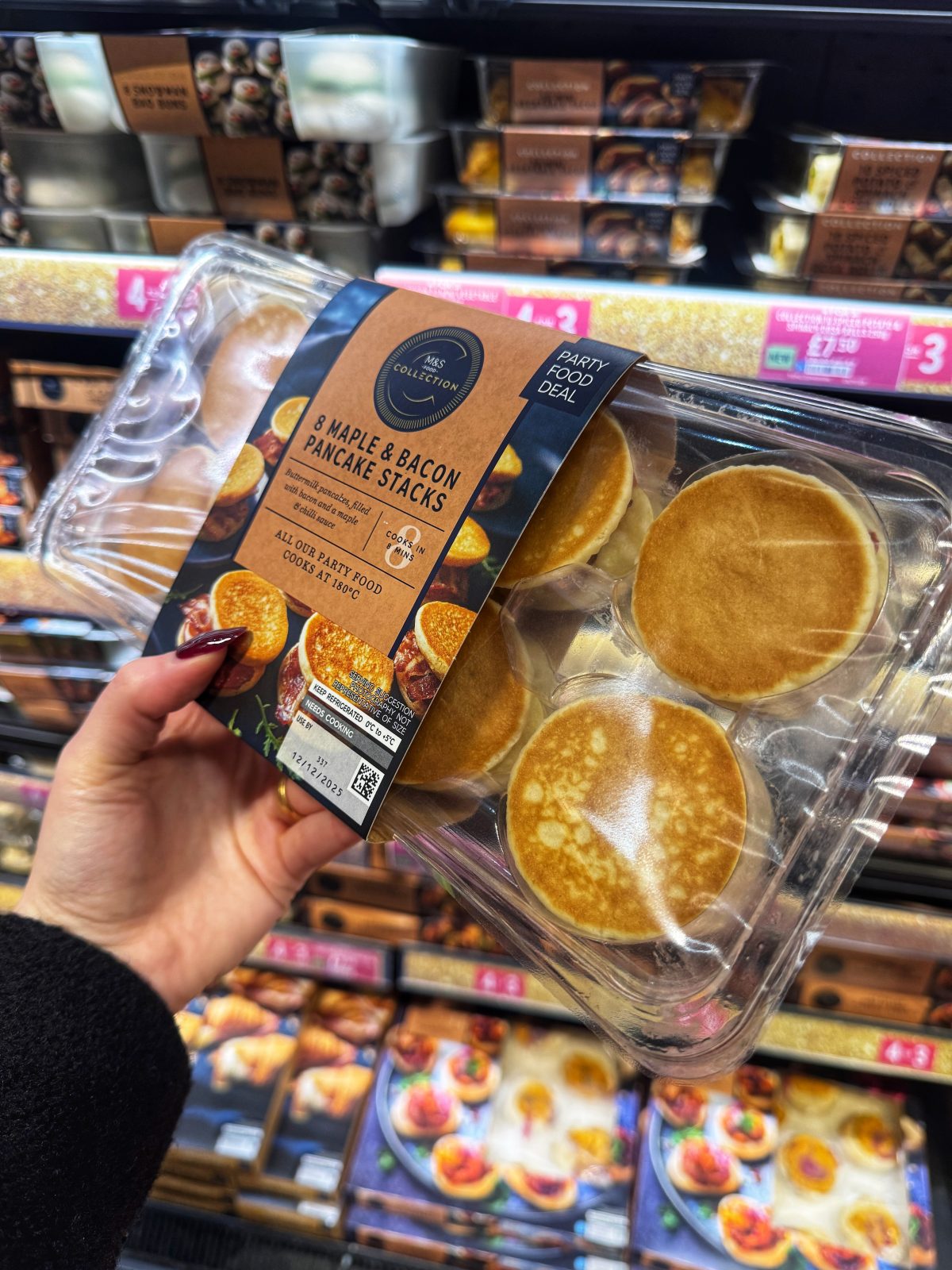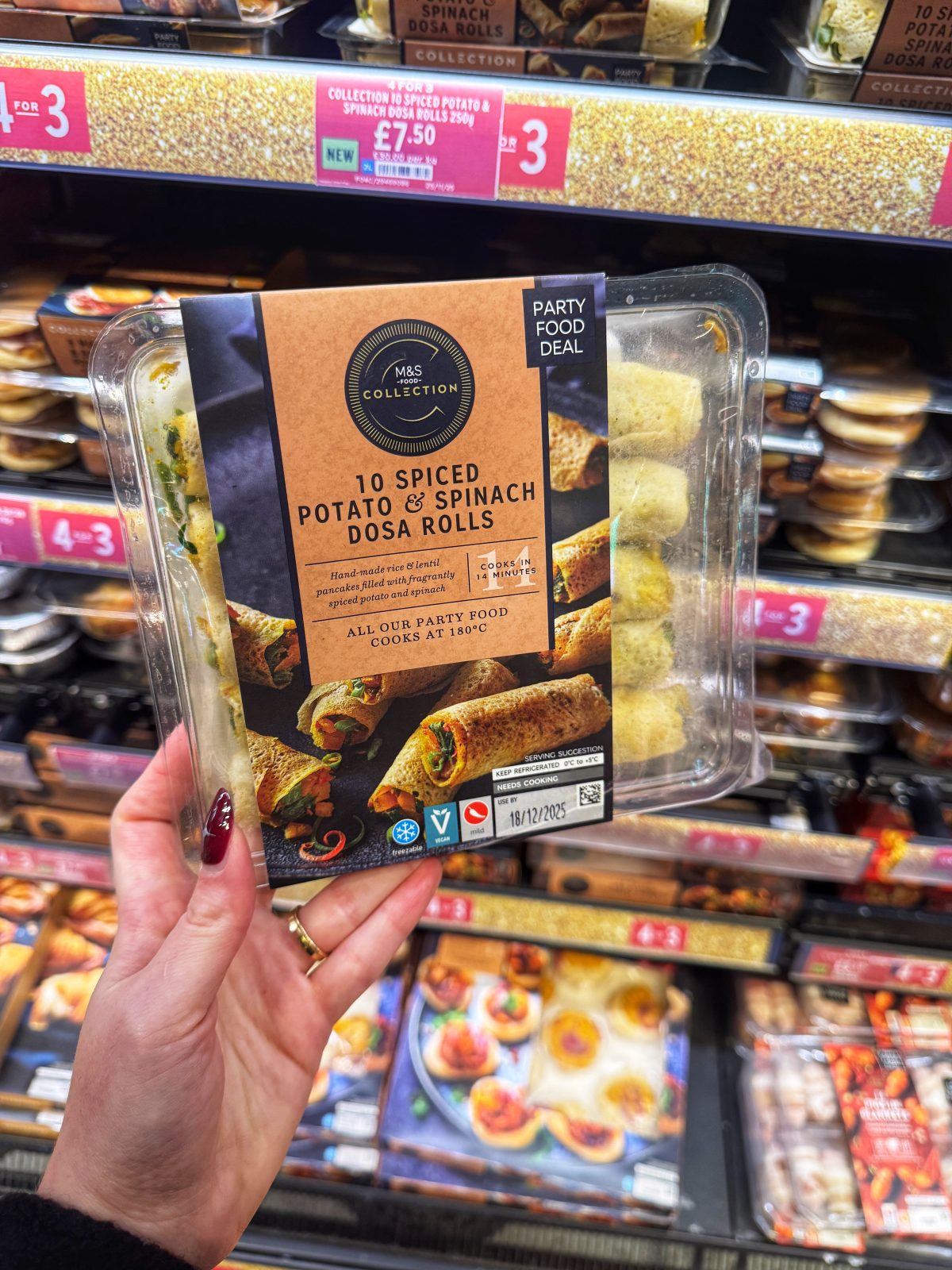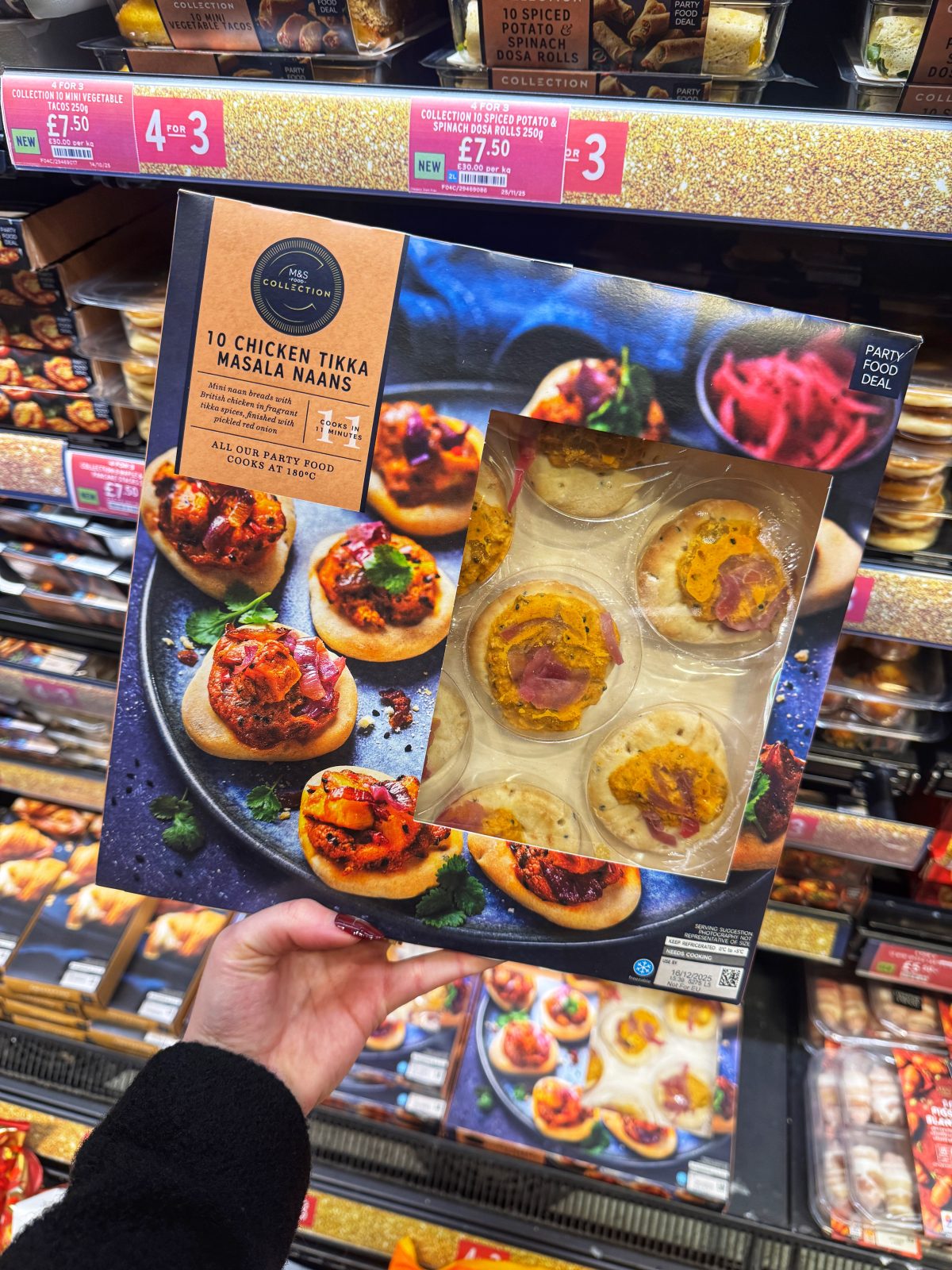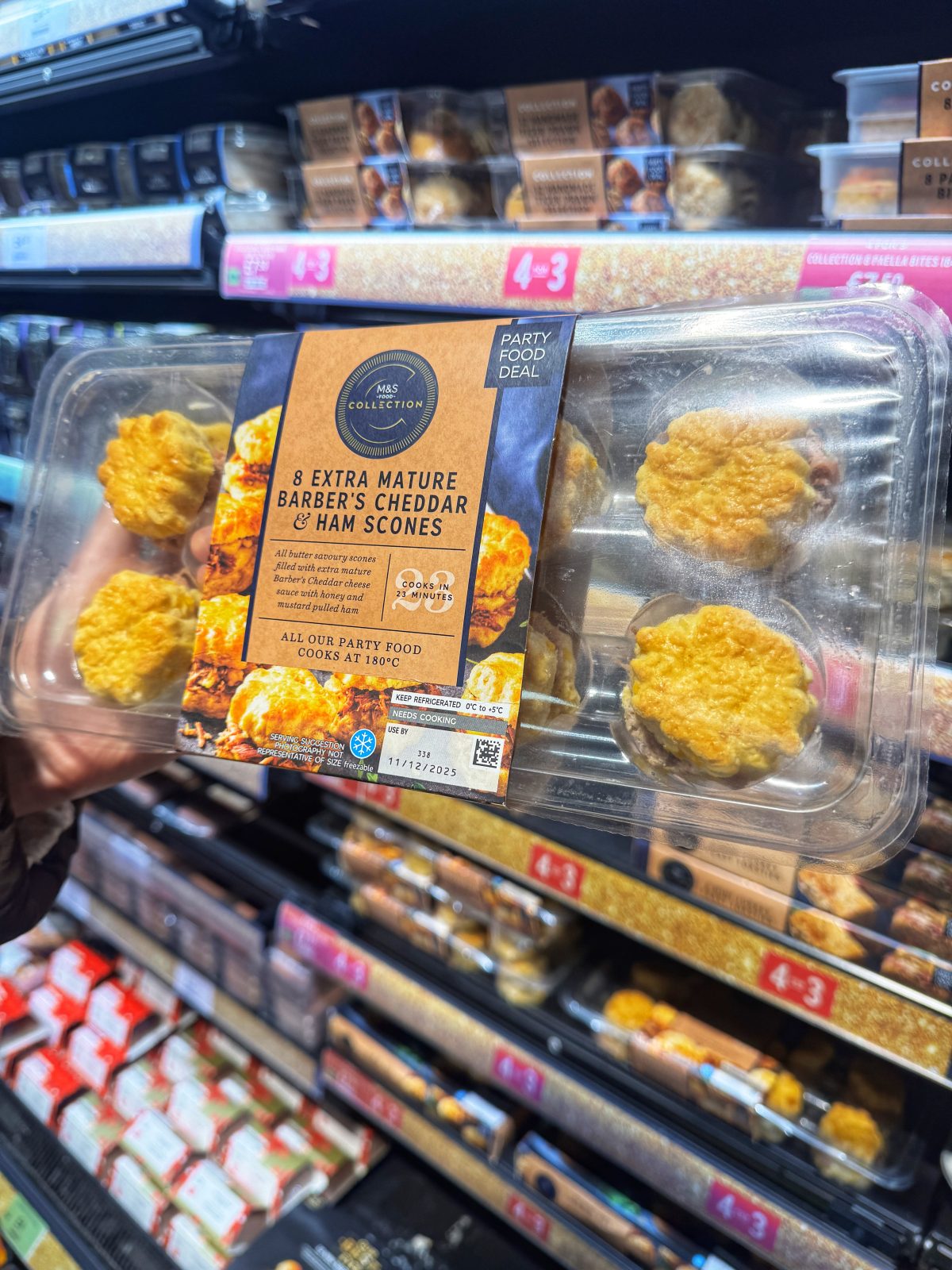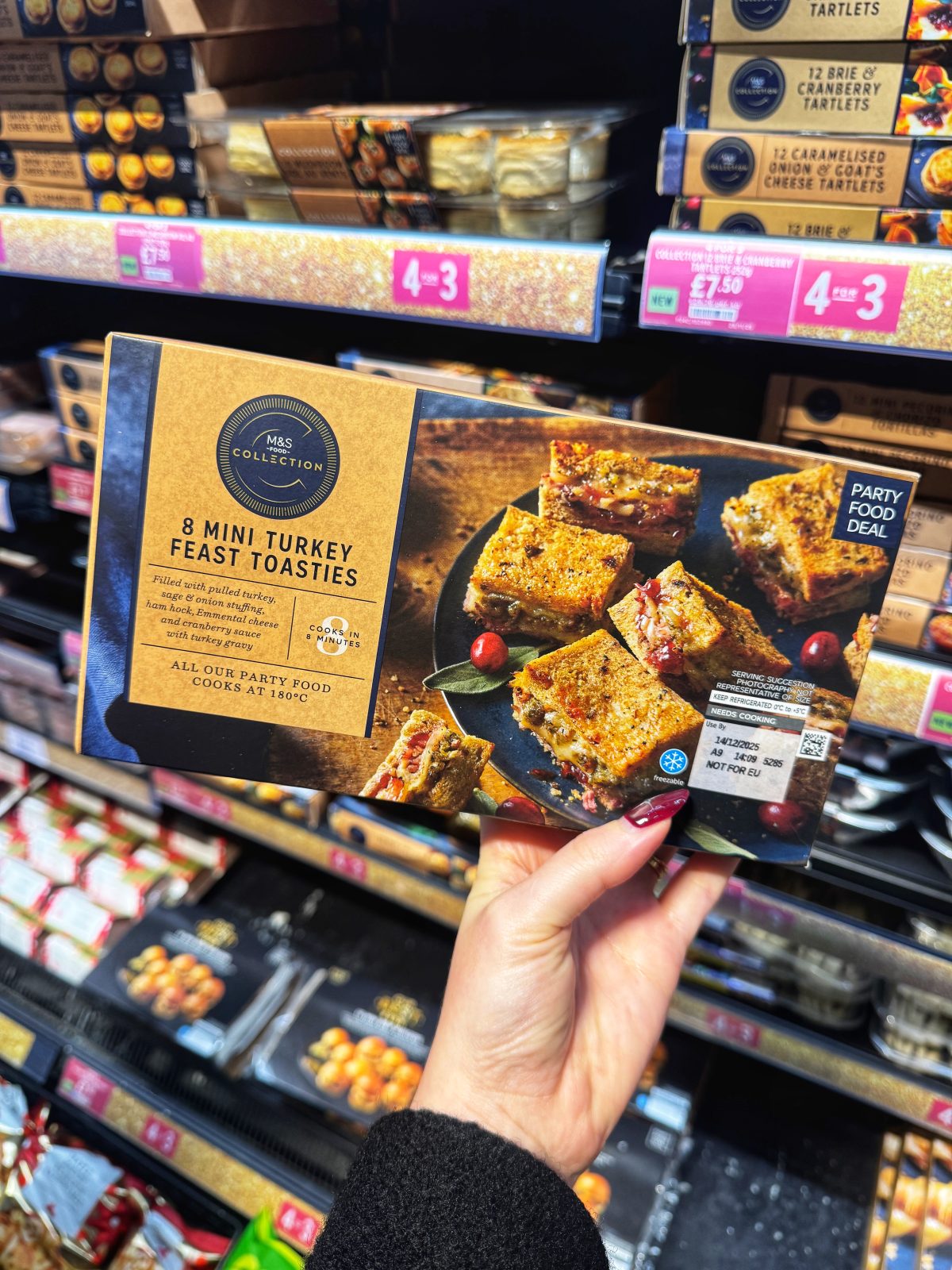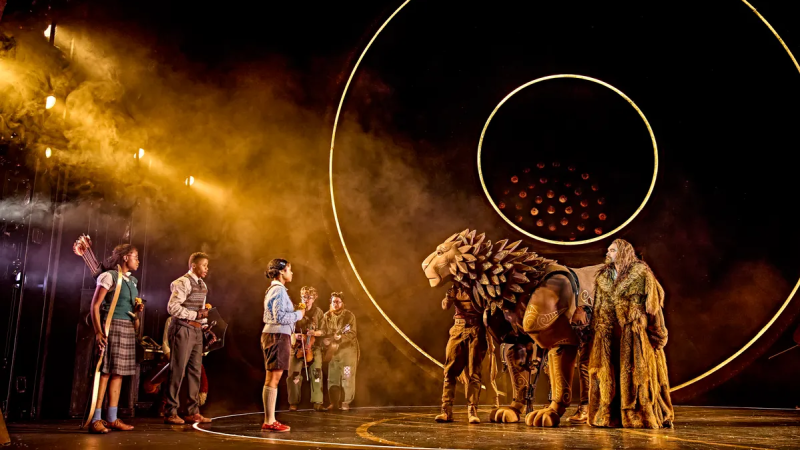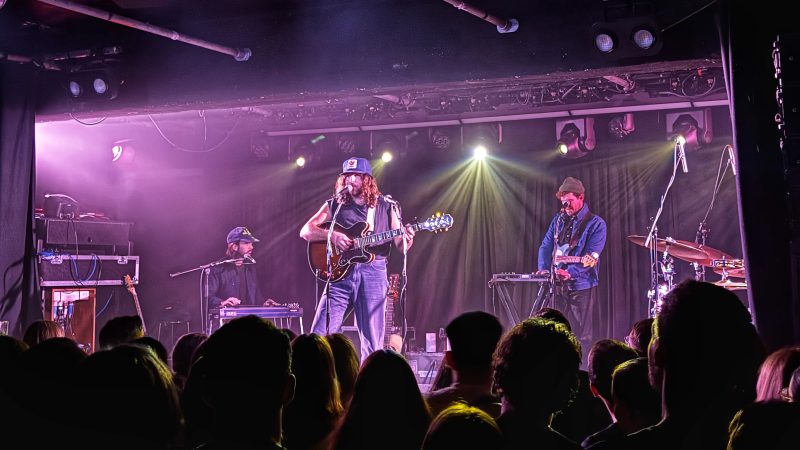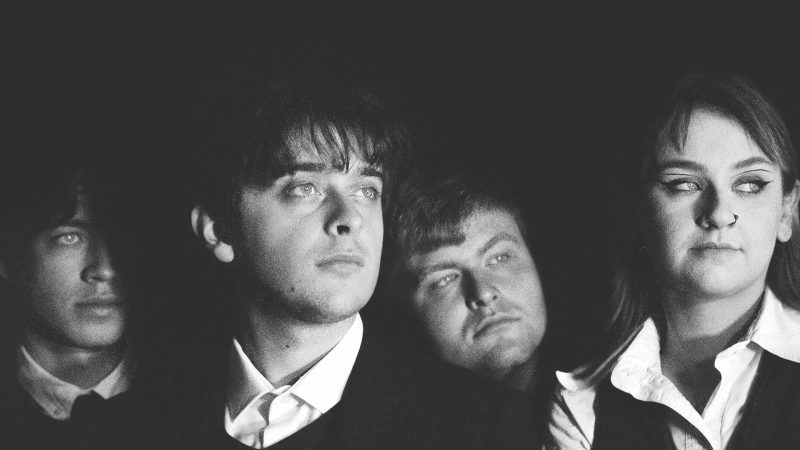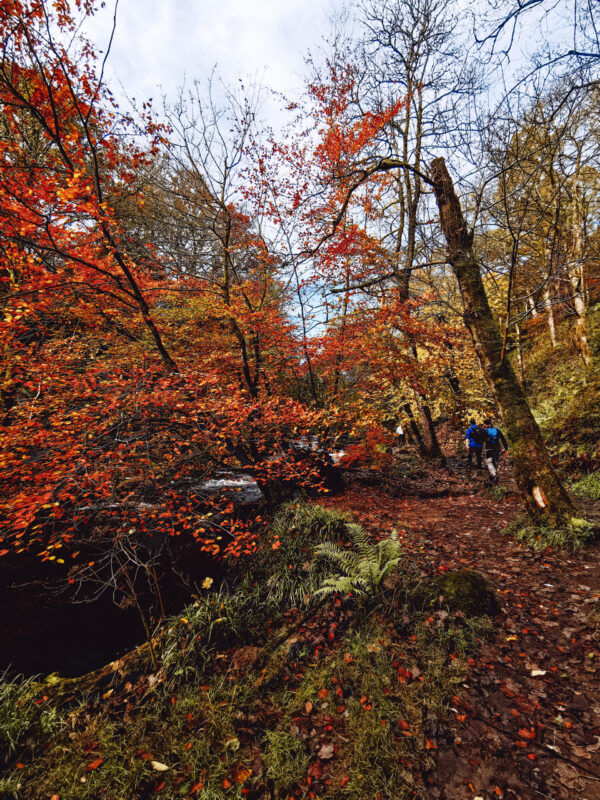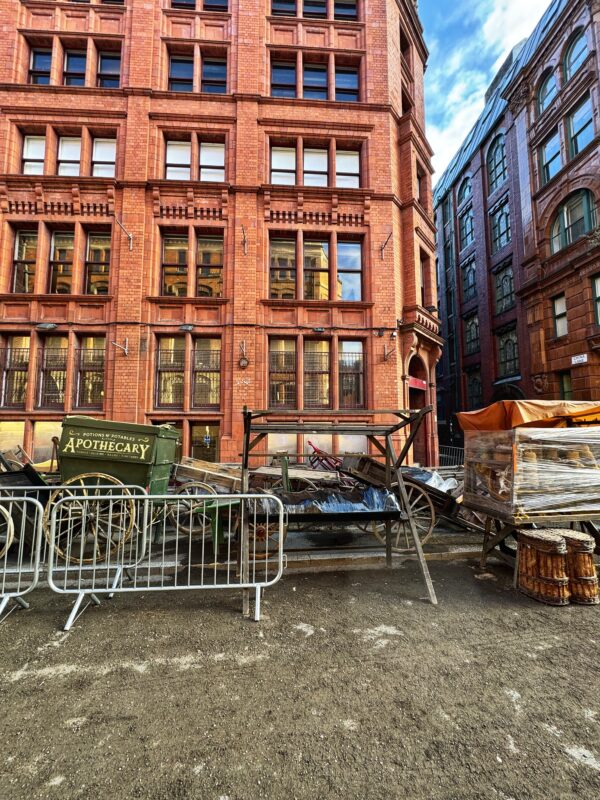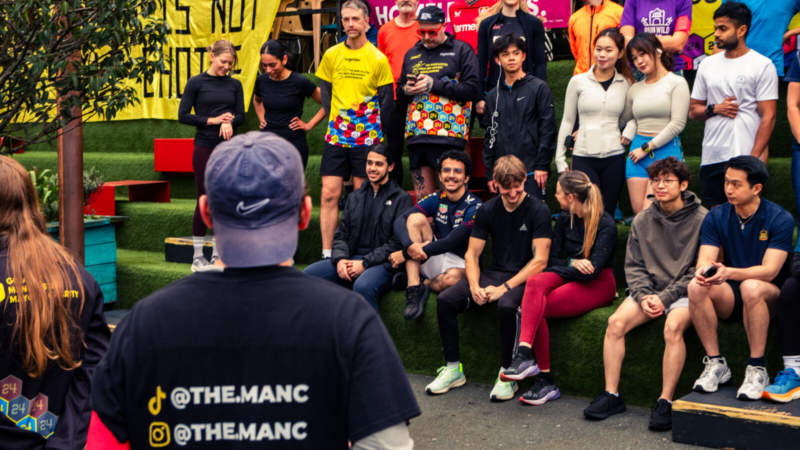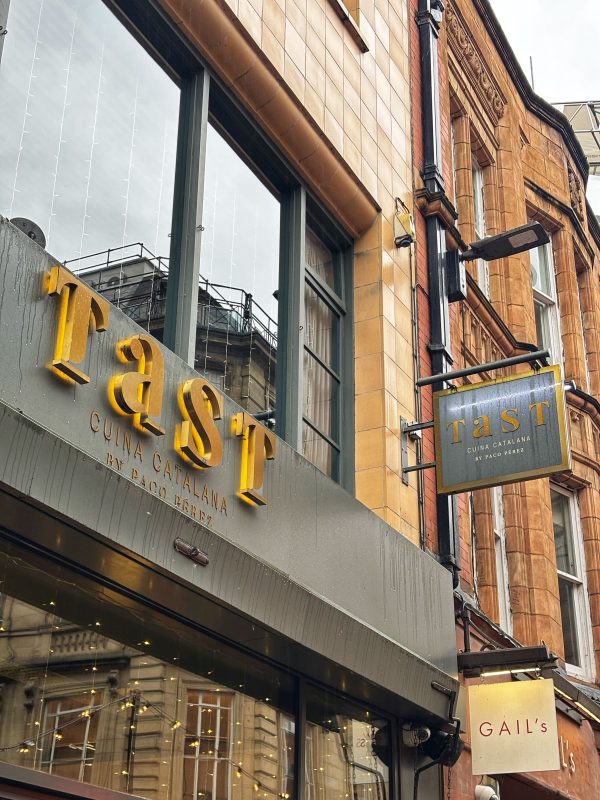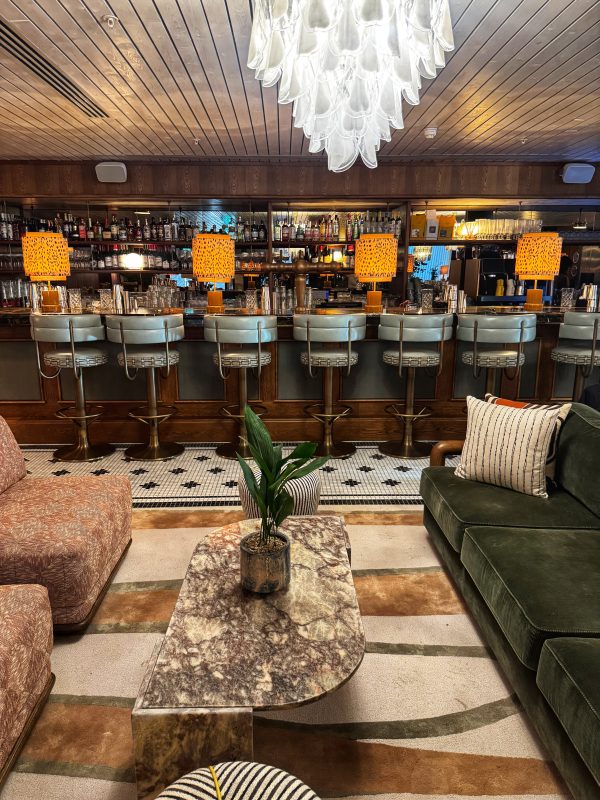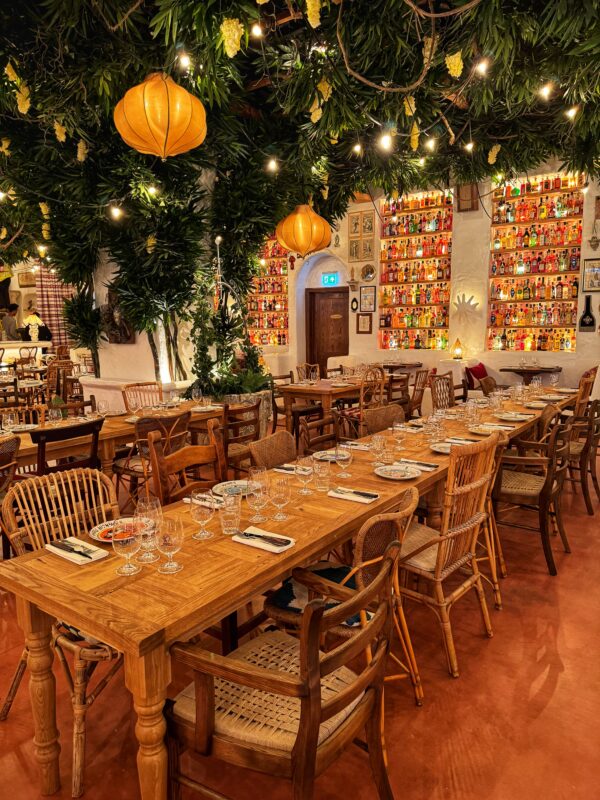Feature
Going underground: The Manchester travel tunnel from Piccadilly to Victoria that never was
For more than ten years, Manchester was preparing an underground network that would reconnect the city in exciting, imaginative new ways. But then, the money stopped.
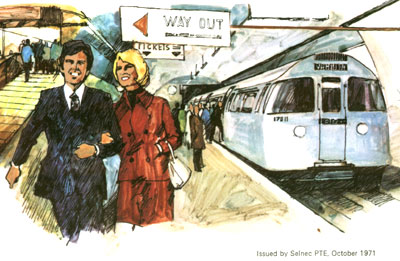
“We are going to face the difficult decision of whether or not we need to mothball the Metrolink.”
It’s April 2020, and the Mayor of Greater Manchester Andy Burnham is issuing a warning.
Almost the entire city is indoors, and the only thing travelling through it is COVID-19.
Losing millions of pounds each month, the Metrolink is at real risk of closure. The travel landscape of Manchester could be set to change forever.
Fast-forward four months, and the yellow trams are merrily tooting and weaving through the borough like nothing ever happened. If it wasn’t for all the occupants wearing masks, you wouldn’t know the difference.
It’d be easy to say all that big panic about the Metrolink shutting in spring was over-the-top.
Only, it wasn’t.
Transport networks in Manchester have collapsed before.
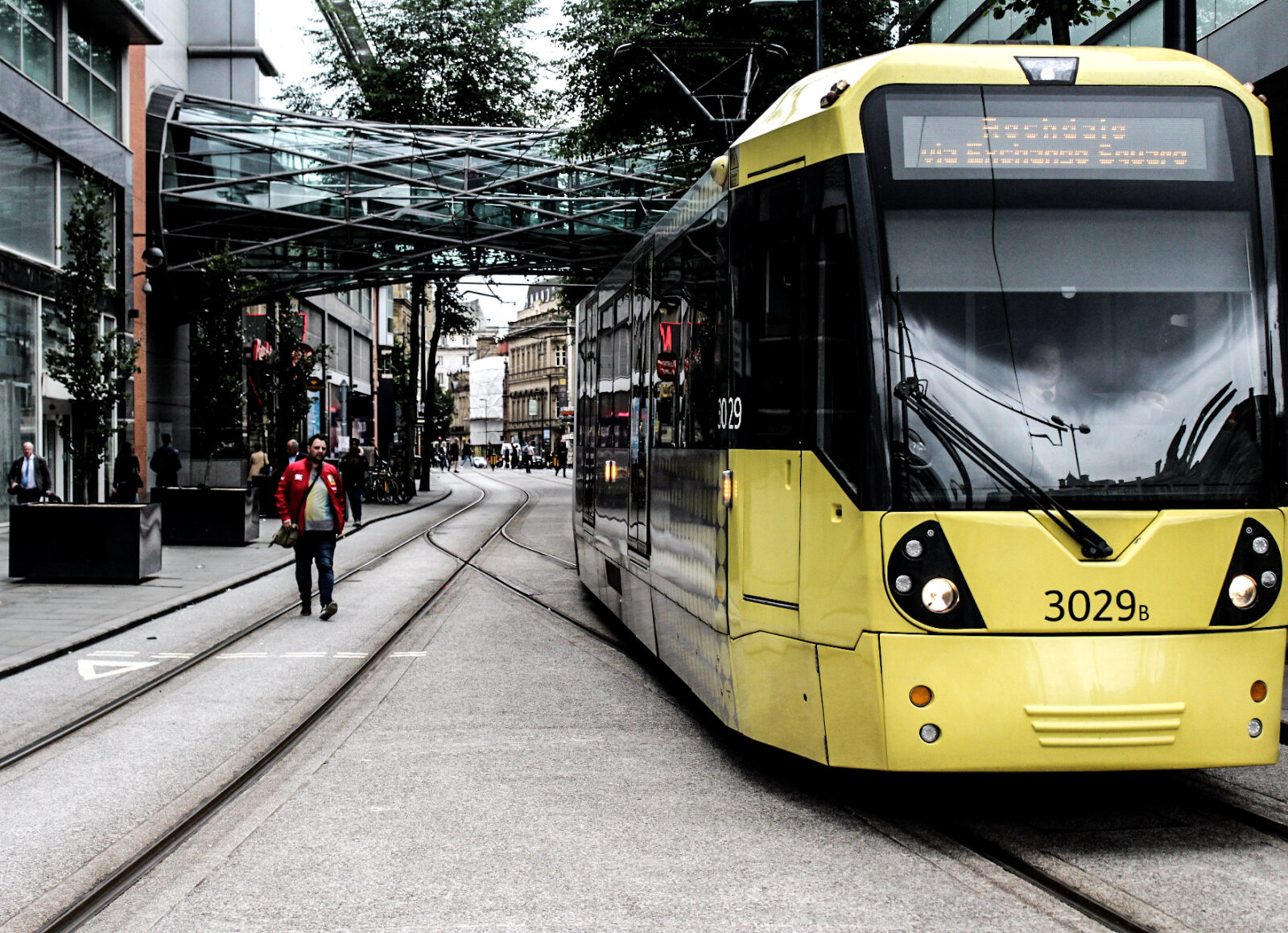
In spring, Manchester’s light rail system was ultimately been bailed out by Government money, ensuring its survival (at least for the short-term).
But history teaches us that if money does not trickle down from the top, local transport must remain in park.
A perfect case in point is the Picc-Vic Tunnel project that infamously collapsed during the 1970s.
For more than ten years, the city was preparing an underground network that would reconnect the north and south sides of the city in an imaginative new way.
The subterranean route was all set to run on 2.3 miles of track, with trains running less than three minutes apart, passing below key landmarks and stopping at newly-built stations at Market Street, Cross Street, Whitworth Street and Manchester Central Library.
Albert Square was going to be redesigned, with a concourse below and a travelator link to Oxford Road railway station.
There was also talk of moving walkways and escalators within the system.
All in all, the project would have cost around £100m (in today’s terms).
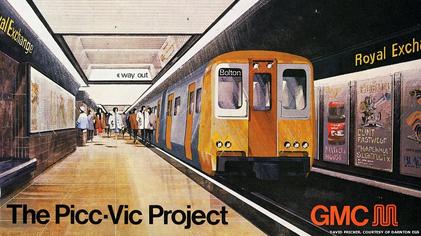
But then, the money stopped.
In summer 1973, Transport Minister John Peyton pulled the plug.
There would be no grant, and therefore no way for the scheme to proceed.
Despite years of strategising, and initial Government green light, the Picc-Vic Tunnel was a victim of circumstance – rejected due to political problems and economic issues in the UK.
It was a big blow. By this point, a small amount of construction had even begun.
UoM academics Martin Dodge and Richard Brook found a gaping hole below the Arndale Centre several years ago; the remains of the underground rail that had to be abandoned.
The pair outline the story of the Picc-Vic scheme in wonderful, vivid detail in an online presentation.
After new attempts for funding were repeatedly refused, all work on the Picc-Vic Tunnel network stopped. But the need for a cross-city centre travel network was still there.
Shuttlebuses were a temporary solution for travel between stations. But in the 1980s, an alternative proposal emerged; a light rail system.
This would eventually become the Greater Manchester Metrolink – opening in 1992.
“In absence of that [government] support, we are forced into a corner,” said Mayor Burnham when discussing the future of the Metrolink earlier this year.
The people who spent years of their life developing the forgotten Picc-Vic project will testify to that.

